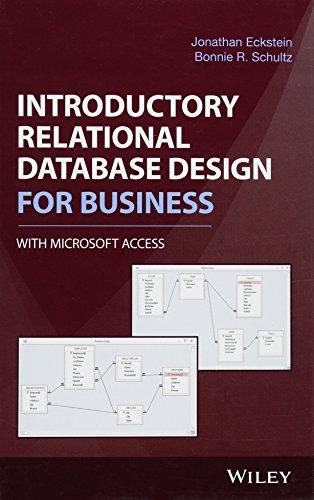Answered step by step
Verified Expert Solution
Question
1 Approved Answer
What is a key difference between a linked list and a hash table? A linked list employs a hash function to significantly enhance data retrieval
What is a key difference between a linked list and a hash table?
A linked list employs a hash function to significantly enhance data retrieval speeds, unlike a hash table which organizes its elements in a sequential manner, relying on direct element access rather than hashbased indexing.
A linked list is a sequential data structure where each element is connected to the next, while a hash table stores keyvalue pairs and provides fast data retrieval using a hash function.
Both data structures are renowned for their efficiency in sorting large datasets; however, the linked list is optimized for sequential access and manipulation, whereas the hash table excels in rapid, nonsequential access and data retrieval operations.
Linked lists and hash tables are designed to automatically prevent the inclusion of duplicate entries, utilizing unique mechanisms to ensure the distinctiveness of each element or key within their respective structures.
Step by Step Solution
There are 3 Steps involved in it
Step: 1

Get Instant Access to Expert-Tailored Solutions
See step-by-step solutions with expert insights and AI powered tools for academic success
Step: 2

Step: 3

Ace Your Homework with AI
Get the answers you need in no time with our AI-driven, step-by-step assistance
Get Started


